NFLPA Celebrates 60th Anniversary
The NFLPA is proud to announce the celebration of our 60th Anniversary in 2016. Earlier this year at Super Bowl 50, we highlighted the extraordinary achievements of our union.
In 1956, NFL players demanded one simple thing: a voice. They demanded a seat at the table to negotiate fair wages, safe working conditions, a pension and basic employee benefits. Six decades later, NFL players are more than just employees, they are partners in the most popular and highest revenue generating sport in America.
We want to take this opportunity to thank you for supporting our organization, our mission and ultimately, our players. You are part of our history and it is important that we all take the time to recognize how we all reap the benefits today of the people who sacrificed so much yesterday.
Throughout this year, we invite you to join our players and staff in commemorating the advancements we have led in this great game and in the business of football. While we encourage you to read our full history and view our history video, we wanted to personally include some of our organization’s history below.
Sincerely,
DeMaurice Smith Executive Director, NFLPA
Eric Winston President, NFL Players Association
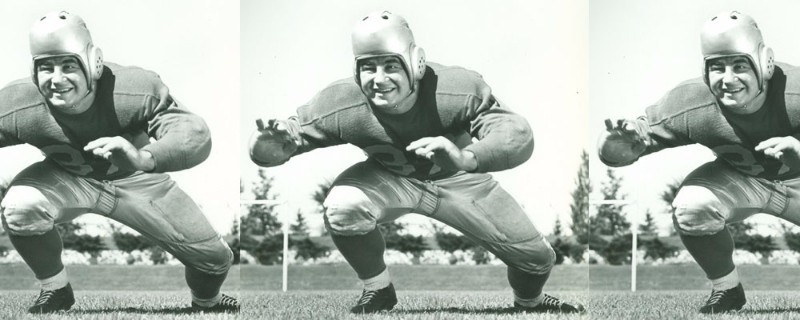
1950s: Immediately after our organization was formed, NFL players earned basic rights and simple improvements to their workplace, like a basic pension plan and clean socks and jocks. Bill Radovich sues and wins against the NFL on anti-trust grounds because he was blackballed for wanting to move from Detroit to California to play football closer to his sick father.
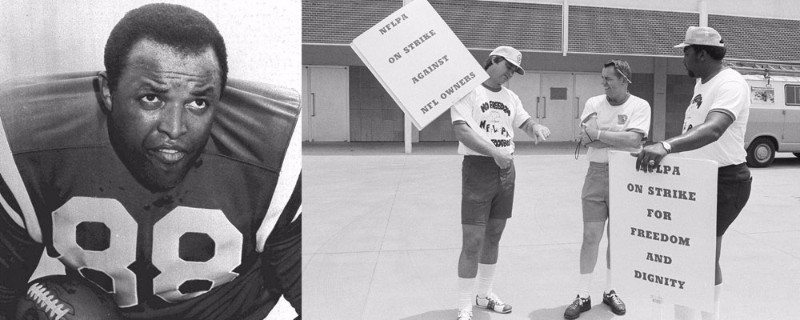
1960s: Professional football was still divided into two leagues with the upstart AFL providing real competition for the established NFL. Instead of providing an opportunity for players to shop their services between leagues, NFL owners initiated things like eliminating their pensions if players went to “another league.” The NFLPA Group Licensing Program began using an outside agency to help the organization generate additional revenues and support its growth.
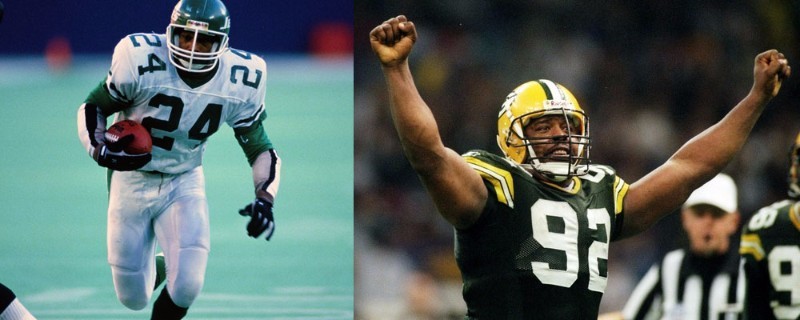
1970s: The NFL and AFL merged and so did the AFLPA with the NFLPA, with players electing John Mackey as its first President. The organization is officially certified by the NLRB as a union and goes on strike in the first real fight for free agency under the mantra, “No Freedom, No Football.” John Mackey sues the NFL challenging the “Rozelle Rule” which unfairly restricted player movement.
1980s: A four-year collective bargaining agreement was signed which improved benefits like severance pay and gave the NFLPA the right to players’ salary information and the ability to regulate agents, a program other player associations followed. We also reclaimed group our group licensing rights and signed licensing deals with several companies. The fight for free agency continued in 1989 when the NFLPA decertified as a union and sued the NFL.
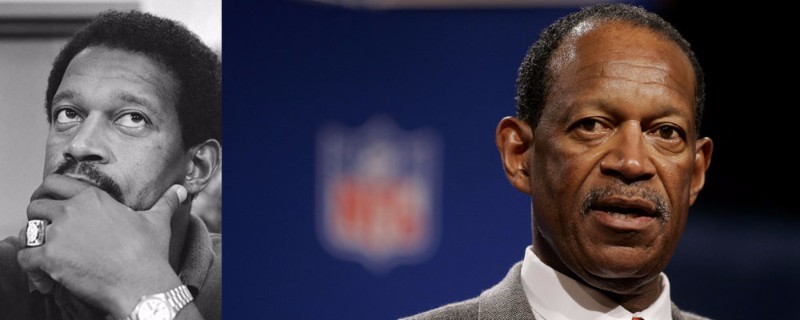
1990s: NFL Players finally win true free agency after more than twenty years with the White v. NFL settlement. The NFLPA is reconstituted as a union and the first modern Collective Bargaining Agreement is enacted. In 1994, the NFLPA Board of Player Representatives votes to create NFL Players, Inc. as a wholly owned marketing and licensing arm to generate more revenue for players.
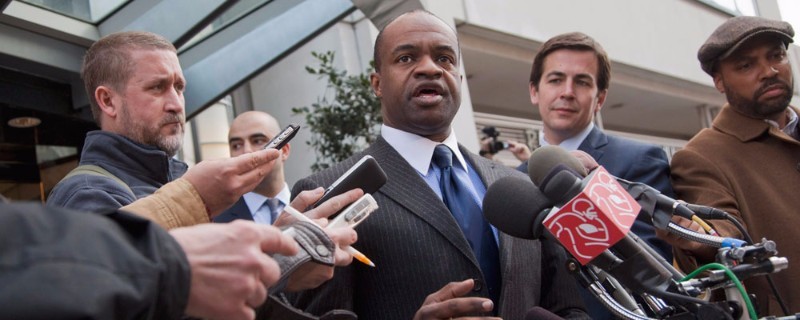
2000s: Revenues in the NFL exceed $5 billion for the first time in history and the NFLPA negotiates increases in benefits and pensions for its former players in three successive collective bargaining agreements. The NFL opts out early from the 2006 collective bargaining agreement in May of 2008. NFLPA Executive Director Gene Upshaw, who led the organization for 25 years dies in August of 2008. In March of 2009, the NFLPA Board of Player Reps elects DeMaurice Smith as its new Executive Director.

2010s: In March of 2011, the NFL followed through on its threat to lockout NFL players. The NFLPA once again decertified as a union and Tom Brady, Drew Brees, Peyton Manning and Von Miller are among the named plaintiffs who sued the NFL. The themes of that lockout were the same for NFL players: fair share of revenues, safer working conditions and increased benefits for current and former players. The NFL lockout ends after a settlement was reached in Brady v. NFL, the NFLPA reconstituted as a union and the resulting collective bargaining agreement includes unprecedented provisions on player health and safety, revenue sharing between players and owners and increased benefits to former players by nearly $1 billion. NFL revenues exceed $10 billion for the first time in history and NFL Players, Inc. exceeds $150 million.